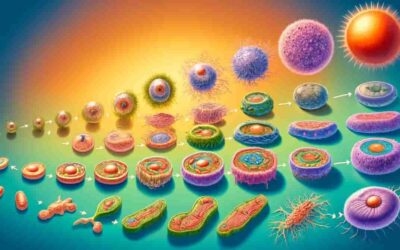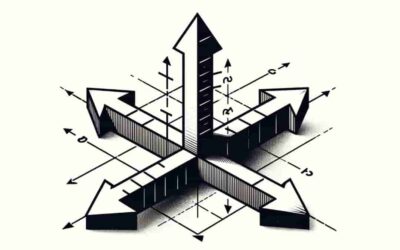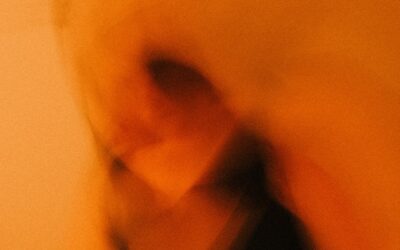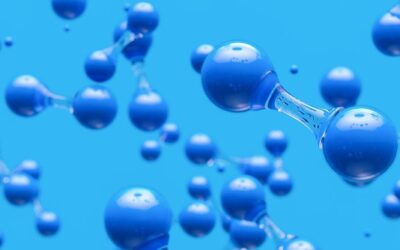Based on the information provided, the metal compound A reacts with dilute hydrochloric acid to produce effervescence, and the gas evolved extinguishes a burning candle. Additionally, one of the compounds formed in the reaction is calcium chloride.
Let’s write the balanced chemical equation for this reaction:
Metal Compound A + Hydrochloric Acid → Calcium Chloride + Gas + Water
Since calcium chloride is formed, we can represent it as CaCl2. The gas evolved that extinguishes a burning candle is hydrogen gas (H2). The balanced chemical equation for the reaction is as follows:
Metal Compound A + 2HCl → CaCl2 + H2 + H2O
In this reaction, the metal compound A reacts with hydrochloric acid (HCl) to produce calcium chloride (CaCl2) and hydrogen gas (H2). The water (H2O) is also formed as a product of the reaction. The effervescence observed is due to the evolution of hydrogen gas.
To determine the identity of metal compound A, we can use the stoichiometry of the balanced chemical equation. Since one mole of metal compound A reacts with two moles of HCl to form one mole of CaCl2, the molar ratio between the metal compound A and HCl is 1:2.
By comparing this ratio with the periodic table and considering the valency of elements, we find that metal compound A is calcium (Ca). Therefore, the metal compound A is calcium (Ca), and the balanced chemical equation for the reaction is:
Ca + 2HCl → CaCl2 + H2 + H2O
In this reaction, calcium (Ca) reacts with hydrochloric acid (HCl) to produce calcium chloride (CaCl2), hydrogen gas (H2), and water (H2O).







0 Comments